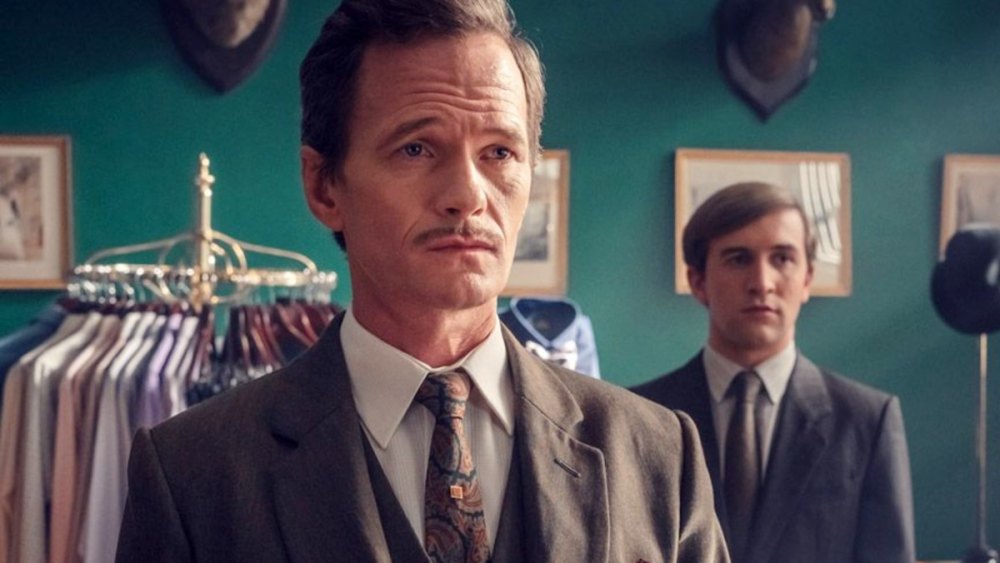The world of science fiction on television has captivated audiences with its imaginative settings. From dystopian futures to alien landscapes, these environments often become as significant as the characters themselves. This article explores some of the most iconic sci-fi TV show settings, highlighting their unique contributions to the genre.
British Eccentricity in Sci-Fi
One notable series, Primeval, takes place in a version of the United Kingdom where portals to the prehistoric past occasionally open. The unique premise allows for dinosaurs and other ancient creatures to roam freely, creating chaos. Although the special effects may not hold up to modern standards, the charm of Primeval remains, echoing the adventurous spirit of Jurassic Park. This playful blend of science fiction and British eccentricity offers a refreshing take on the genre, showcasing how place can influence storytelling.
Another British classic, Doctor Who, features the TARDIS, a time-traveling spaceship that remains a cultural icon. Despite its external appearance as a blue police box, the interior is ever-changing, reflecting the vast possibilities of time and space. The TARDIS not only serves as a vehicle for adventure but also as a symbol of the show’s enduring legacy.
Authenticity in Space Exploration
In contrast, The Expanse stands out for its commitment to scientific accuracy. Set in a future where humanity has colonized the Solar System, this series eschews faster-than-light travel for plausible physics. The attention to detail has garnered praise from astrophysicists, enhancing the show’s credibility. Political tensions among factions on Earth, Mars, and the Asteroid Belt are depicted with realism, grounding the narrative in a believable universe.
The Firefly spaceship, Serenity, adds a different texture to the genre. Unlike the flashy vessels of other series, Serenity feels like a cozy home for its crew. The ship embodies the spirit of the show, blending elements of Western aesthetics with sci-fi, creating a warm and inviting atmosphere.
Iconic Locations and Their Impact
The Star Trek franchise has introduced viewers to numerous worlds, but none is as iconic as Vulcan. The desert planet represents the culture of the Vulcan people, emphasizing logic and restraint. Its frequent revisits throughout the series allow viewers to deepen their understanding of its inhabitants, reinforcing the show’s exploration of diverse philosophies.
Another significant location is the Babylon 5 space station. Serving as a diplomatic hub for various alien species, Babylon 5’s unique function as a neutral ground creates rich storytelling opportunities. The station’s complexity rivals that of political dramas, with each episode meticulously crafted to reflect the intricate relationships between its inhabitants.
In the realm of horror-infused sci-fi, Stranger Things introduces the Upside Down, a chilling alternate dimension that captivates audiences. This world, influenced by the Dungeons and Dragons tabletop game, is home to terrifying creatures like the Demogorgon. The Upside Down’s eerie atmosphere is a standout feature, enhanced by the series’ substantial production budget, making it one of the most memorable settings in modern television.
Lastly, Westworld merges sci-fi with the Western genre, set in a theme park populated by android hosts. The contrast between the picturesque Wild West and the unsettling laboratory scenes creates a thought-provoking narrative. While later seasons faced criticism, the first season’s introduction to this unique setting remains a high point in sci-fi television.
By examining these diverse locations, it becomes evident that the settings in sci-fi TV shows are more than mere backdrops. They play a crucial role in shaping narratives, influencing character development, and engaging audiences in imaginative worlds. Each environment adds depth, highlighting the limitless potential of the genre and its ability to transport viewers to extraordinary realms.





